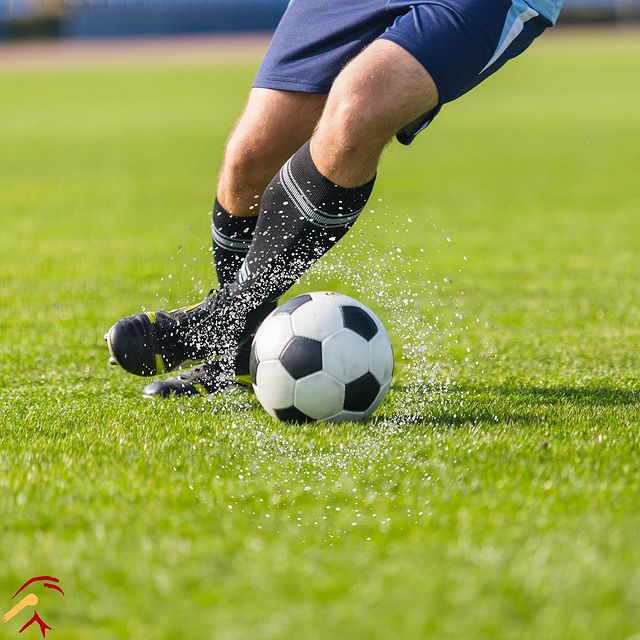There are several knee conditions that are often referred to as “runner’s knee,” including chondromalacia patella. While all types of runner’s knee involve overuse of the knee, chondromalacia patella centers around the kneecap. Dr. Steven Struhl of Shoulders & Knees offers runner’s knee treatment for those with chondromalacia patella at our clinics in Westchester and NYC.
Chondromalacia patella involves deterioration of the cartilage under the patella, or kneecap. This can occur from overuse, misalignment of the knee joint, flat feet and injuries that impact the knee joint, causing a higher amount of wear on the kneecap cartilage. Runners are prone to chondromalacia patella, which is why it is nicknamed “runner’s knee.” It is more common in teens, women and young adults. Those who are overweight may also have chondromalacia patella due to extra stress on the knee joint.
Symptoms of Chondromalacia Patella
Runner’s knee, or chondromalacia patella, can cause friction between the femur (thigh bone) and the patella (kneecap). The loss of cartilage allows rubbing between the bones, causing friction, inflammation and pain. Symptoms of chondromalacia patella include:
- Grinding sensation when running, walking or bending the knee
- Pain on the front or side of the knee
- Knee is tender to the touch
- Pain worsens when kneeling, using stairs and squatting
Runner’s knee treatment should be personalized for the patient. Each person may have different causes of chondromalacia patella. Beyond relieving pain with ice and NSAIDs, physical therapy and other treatments for reducing wear on the kneecap and cartilage may be recommended. In severe cases, surgery may be needed to correct misalignment issues that are causing excessive wear on the patella.
If you have severe knee pain or runner’s knee, contact our team at Shoulders & Knees. We can schedule an exam with our knee specialist and orthopedic surgeon, Dr. Steven Struhl, to discuss runner’s knee treatment options for knee pain relief.



